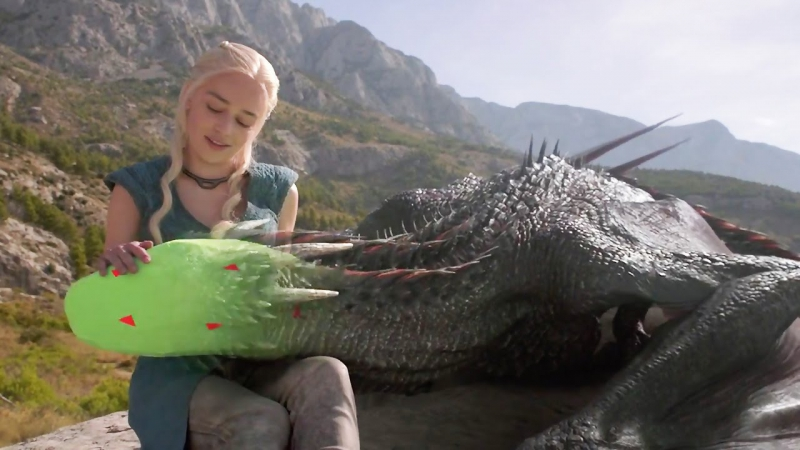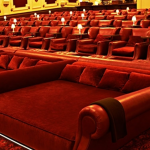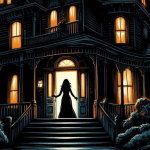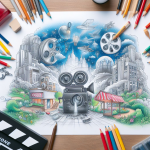
Welcome to the enchanting and mesmerizing world of cinema, where imagination knows no bounds and possibilities come to life through the art of illusions. In this fascinating article, we will embark on an extraordinary journey, delving into the rich tapestry of history and tracing the remarkable evolution of special effects in the captivating realm of film-making. Prepare to be amazed as we unveil the secrets behind the magic that has captivated audiences for generations.
Early beginnings: Practical effects and camera tricks
The magic of illusions on the silver screen began with the advent of practical effects and camera tricks. Long before the digital era, early filmmakers mastered the craft of storytelling through clever manipulation of camera angles, lighting, and physical props. These practical effects, while rudimentary by today’s standards, laid the foundation for what would become the art of creating cinematic illusions.
The advent of digital effects: CGI and beyond
As technology advanced, so did the art of illusion in cinema. The advent of computer-generated imagery (CGI) marked a revolutionary shift in the world of special effects. With CGI, filmmakers were no longer bound by the constraints of the physical world. They could conjure up fantastical creatures, breathtaking landscapes, and incredible feats of action – all with the power of digital technology. The advent of digital effects ushered in a new era of endless possibilities in the realm of filmmaking.
The Art of Creating Illusions
Creating illusions in cinema is a delicate blend of art and science. This involves not only the use of advanced tools and technology but also an understanding of the human perception and psychology. The art of creating illusions lies in the ability to seamlessly blend the real and the imaginary, to trick the viewer’s mind into believing what they see on screen. It is this potent combination of technological prowess and artistic vision that enables the magic of illusions in cinema.
The Process of Creating Special Effects
The process of creating special effects in cinema is a meticulously crafted and fascinating journey. It starts with the initial conceptualization, where ideas are born and imagination takes flight. During the pre-production phase, meticulous planning and coordination take place, with teams working together to bring the director’s vision to life. From storyboarding and set design to casting and costume creation, every aspect is carefully considered.
Once production begins, the magic truly unfolds. Talented visual effects artists collaborate with the art department to seamlessly blend reality and fantasy. As the cameras roll, cinematographers capture each scene with precision and artistry, ensuring that every frame tells a story.
But the journey doesn’t end there. In the post-production phase, the footage is meticulously edited, sound is refined, and visual effects are seamlessly integrated. This is where the true magic happens, as the director’s vision is brought to life on screen in ways that were once unimaginable.
The process of creating special effects in cinema is a symphony of creativity, technical expertise, and collaboration. It takes a dedicated team working together, each contributing their unique skills and talents, to achieve the awe-inspiring results that captivate audiences around the world.
Emerging Trends and Technologies: Virtual Reality, AI, and Beyond
In the ever-evolving landscape of cinema, technological advancements continue to push the boundaries of what is possible. Emerging technologies such as Virtual Reality (VR) and Artificial Intelligence (AI) are revolutionizing the way we create and experience cinematic illusions. VR offers immersive experiences, transporting viewers into the heart of the action and allowing them to interact with their surroundings in ways that were previously unimaginable. AI, on the other hand, offers exciting possibilities in terms of character creation and narrative development, from generating realistic human expressions to predicting audience reactions.
Predictions for the Future of the Industry
As we look to the future, the use of VR and AI in cinema is poised to become increasingly prevalent. We can expect to see more sophisticated VR experiences, blurring the lines between viewer and character, and offering unparalleled immersion. AI is likely to play an instrumental role in streamlining the production process and in creating more realistic and nuanced characters and narratives. Additionally, the integration of these technologies with traditional filmmaking techniques promises to offer a richer, more diverse palette of cinematic experiences.
Conclusion
In conclusion, the field of special effects in cinema continues to evolve, driven by continuous advancements in technology and an insatiable appetite for richer, more immersive cinematic experiences. As we stand on the cusp of a new era in cinema, one thing remains certain: the magic of illusions will continue to captivate and inspire, pushing the boundaries of our imagination and reaffirming cinema’s role as a gateway to wondrous new worlds. As film enthusiasts and visual effects artists, we are privileged to be part of this exciting journey, bearing witness to the evolution of this wondrous art form, and eagerly anticipating the magic that lies ahead.





